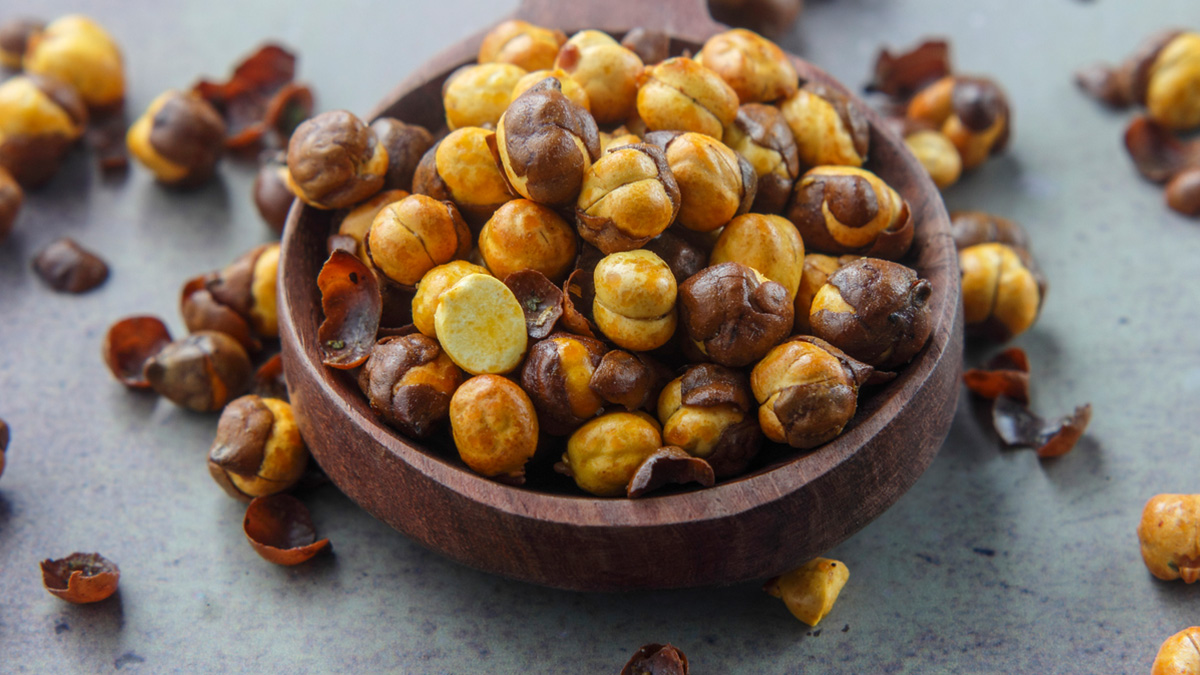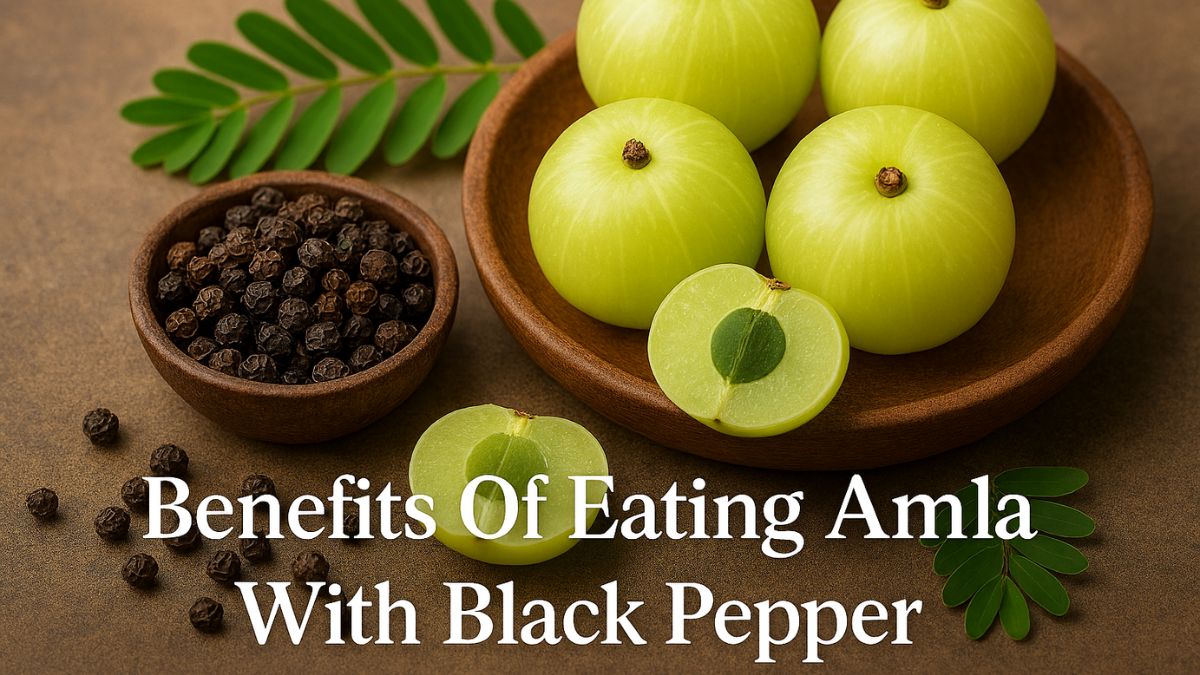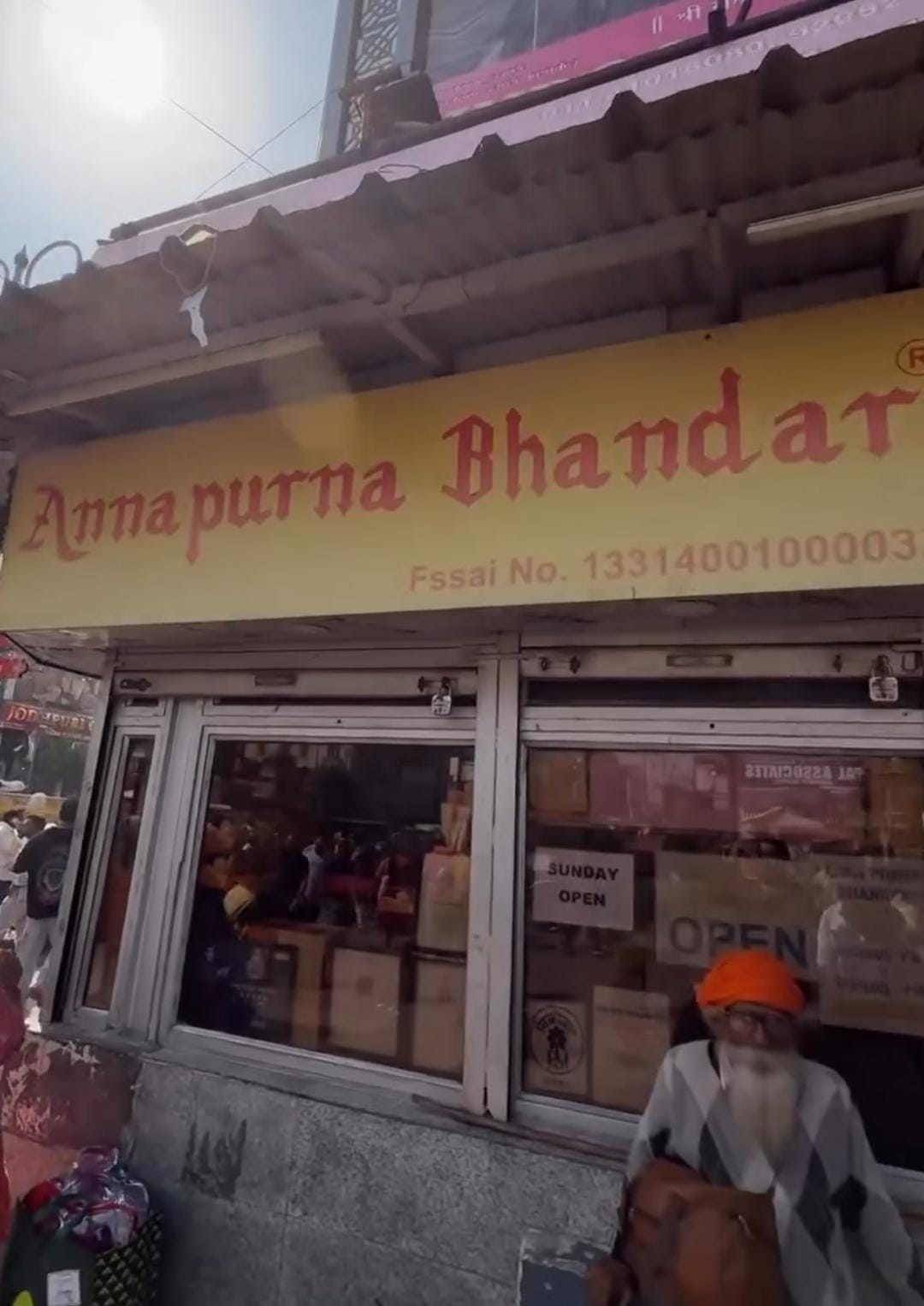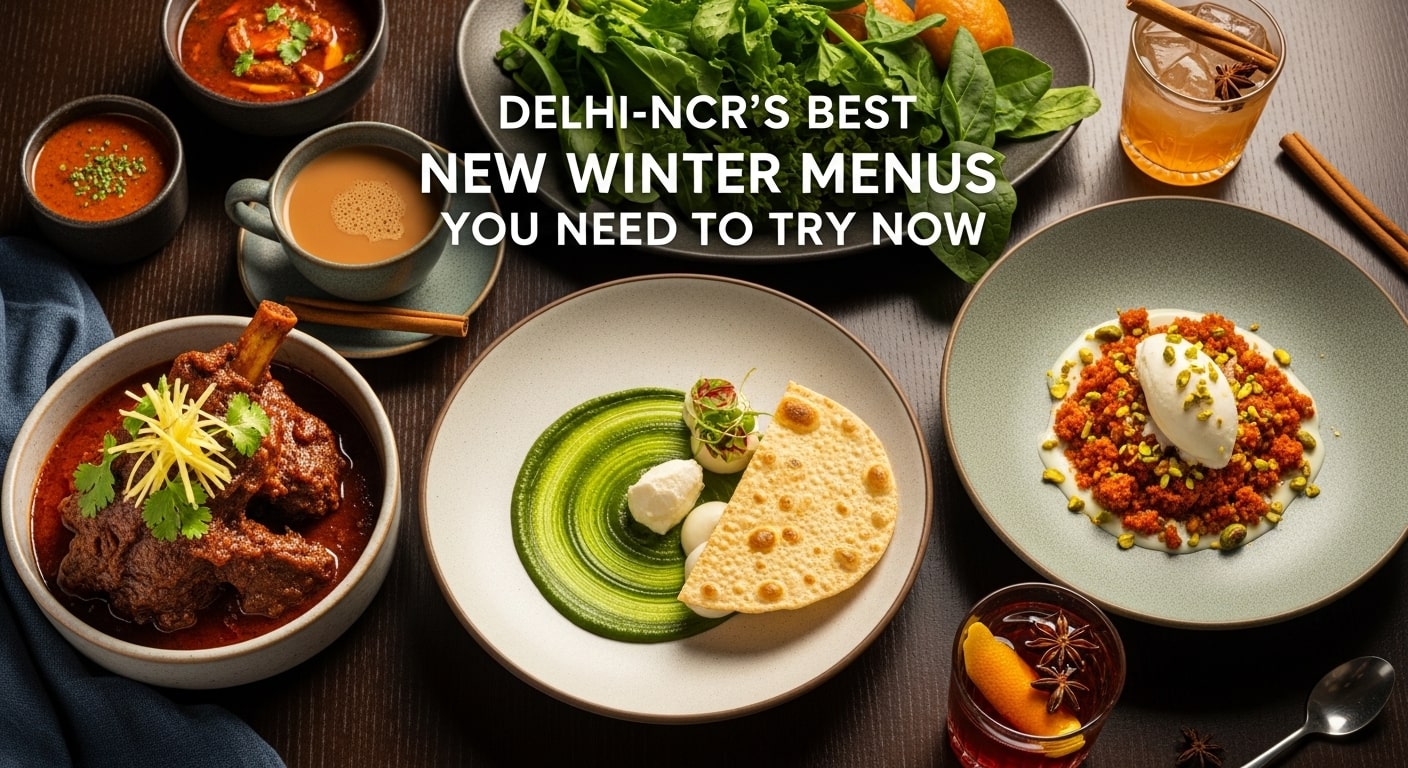It is often said that recipes are historic treasures, and in saving them you are preventing a part of history from dying down. In her latest transcreation of the original handwritten Persian recipe book 'Nuska-e-Shahjahani', renowned food historian and author, Salma Yusuf Husain, has taken upon a mammoth challenge of bringing alive some boisterous Mughal recipes. The Mughal Feast: Recipes from the Kitchen of Emperor Shah Jahan, published by the Roli Books, offers a delightful peek into the rich culinary heritage of one of India's greatest empires.
Through her informative introduction, Salma tries to familiarise her readers to the mystique of 'Mughal cuisine', which borrowed heavily from Turkish, Afghani and Persian styles. The Mughal Khansamas successfully married the foreign influences with Kashmiri, Punjabi and Deccan ingredients.
When in 1638, Shah Jahan moved his capital from Agra to Delhi, the newly developed Shahjahanabad flourished in fields of arts, literature and architecture. The foodscape of the city also a saw a major transformation in the emperor's rule. Mughlai cuisine not only became a melting pot of various cultures, but Shah Jahan was credited of adding new spices to the cuisine.
Husain also tells us that since Mughal's shared congenial relationships with the Portuguese, the imperial kitchens also became privy to the Portuguese favourite chilli, which brought a revolution of sorts in Indian cooking. The food became vibrant, flavourful and hot. Foreign imports like potatoes and tomatoes also changed the face of Indian food for good. The Mughals also introduced India to a variety of fruits like cherries, apricots, grapes and melons. Shah Jahan's special penchant for mangoes, coaxed the imperial kitchens to come up with many imaginative recipes using mangoes. The new trade routes and roads facilitated the import of almonds, pistachios, walnuts, apricots, saffron and aromatic herbs, which found their prominent place in Mughal qormas, soups and rice dishes.
While rice was a staple in Indian households much before the Mughals arrived; in their reign, the art of cooking rice saw a unique refinement, giving us some of our favourite pulao dishes like moti pulao, narangi pulao and more. The Mughal feast, along with being a nostalgic recapturing of the traditional recipes, is also a special tribute to Khansamas, who along with their team would spend endless hours to curate the special Dawat. The formal spreads were a diverse mix of local and international favourites, from qormas and kebabs to European cakes and puddings.
The daily meals, however, were an affair of fun and gaiety. The kings preferred to have their meal with their queens or concubines; the menu was planned by a hakim (physician), who would ensure that the food had some medicinal ingredients. Food was also cooked in rainwater mixed with water from the Ganges and was served in silver and gold utensils.
The book divided into seven sections: Naan, Aash, Qaliya and Do Piyazah, Bharta, Zeer Biryan and Pulao, Kebab and Shirinha. The recipes are simplified for the ease of modern readers. The book also comes with a handy index, along with helpful tips for cooking, methods to clean fish, soften bones, and colouring foods using vegetable juice.
Cooked in tandoor or on iron griddle, Mughlai Naans (a generic name for breads) were a lavish affair even before Shah Jahan took the throne. In the book you would find recipes of a plethora of these flatbreads, for instance, Naan Tunuk - classic whole-wheat flat bread that was also mentioned by famous historian, Amir Khusrao; or something more wholesome like Naan Paneer - baked flatbread topped with cottage cheese. Needless to say, the book also has recipes of classic Sheermal and Baqarkhani. The transcreation also documents Mughals' fixation with nuts and dry fruits, something they tried to incorporate in their breads too with Naan-e-Badami, Naan-e-Khurma (dates) and Naan-e-Warqi (Shallow-fried bread layered with Pistachios). Then, there's a Naan-e-Besani and Naan-e-Jowar challenging the dominance of atta and maida in the world of breads.
(Also Read: Breads Of Delhi: 5 Kinds Of Bread You Must Try In Delhi)
The next section is dedicated to Aash, or the soups, a dish again native to Central Asia, popularised by the Mughal in India. Lamb was often the key ingredient in this one pot meal, but pulses, bulger, yogurt and noodles also found way occasionally. Qalias, on the other hand, were kind of special curries, which were thinner in consistency but sophisticated in terms of spices used and colour, which was mostly due to turmeric and saffron. While she lists a couple of recipes, we cannot look over the fact that Mughals had a decent understanding of the importance of seasonal and local ingredients; Qaliya amba, sweet and tangy mango-based lamb curry and Qaliya samosa or minced meat in betel leaves served in lamb curry are prime examples. Salma calls 'Do Piyazah' a "sensual adventure"; she describes the elegant dish as "stewed meat in a sauce served with rice or bread. The dish blends with the robust flavour of mutton with sharpness of onion and the refreshing promise of herbs."
(Also Read: Qureshi Kabab Corner: The Legendary Kebab Stall at Jama Masjid for Meat Lovers)

She takes up the Kebabs, Pilafs and Biryani in the latter part of the book. It would not be wrong to say that they are an essential part of our understanding of Mughlai cuisine today and that these stellar preparations have truly stood the test of times and have found a following across globe. The Mughal Feast documents a bevy of these iconic recipes. Zard Pulao, Narangi (orange) pulao, keema pulao, Mutanjan Pulao (lamb and rice slow-cooked in sugar syrup), Falsa Pulao, Imli Pulao, Sheer Pulao, Samosa Pulao! The list here is eclectic and for a lack of a better word, mind-boggling.
(Also Read: The Mystery of the Do Pyaaza Dishes)

"Ancient civilisations knew of grilling meat on an open fire - what was new was basting and smothering the meat in herbs and spices," Salma writes about kebabs and the many innovations it saw under the Mughal reign, both with and without meat, the book notes some melt-in-mouth recipes involving lamb, fish, eggs, apples, eggplants and so many more.
'The Mughal Feast' concludes with the section 'Shiriniha', wherein you would find traditional Shahjahani recipes of Baqlawa, Khaja, Balushahi, Shakarpada and Badam and many more such beloved sweet treats of all times. Husain's insightful transcreation makes for a delightful read for both history and food lovers.
About Sushmita SenguptaSharing a strong penchant for food, Sushmita loves all things good, cheesy and greasy. Her other favourite pastime activities other than discussing food includes, reading, watching movies and binge-watching TV shows.













